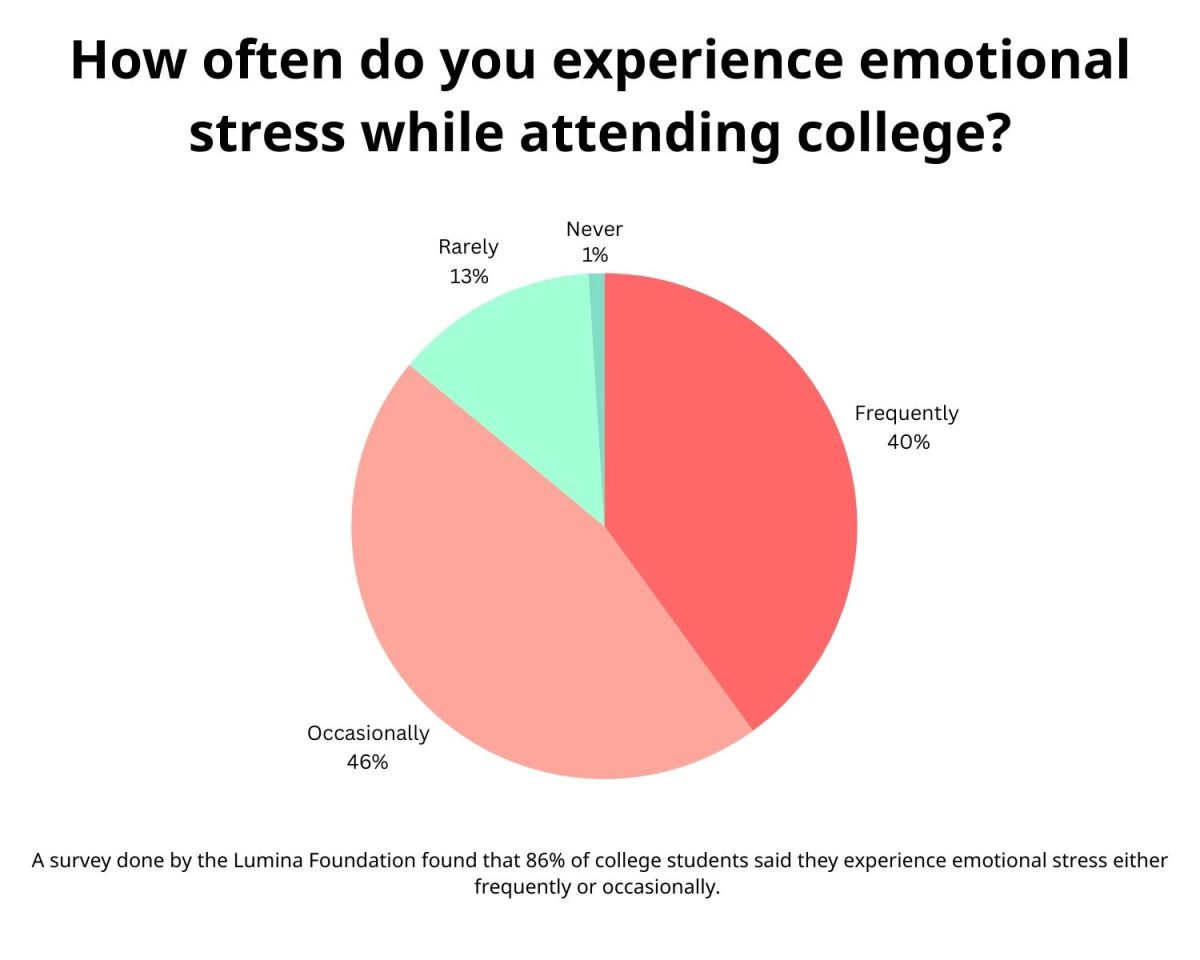When does Halloween go too far? A teacher in Alabama was recently criticized in the media for dressing up as Kanye West but the problem arose when people noticed that he had painted his face black. The practice is known as blackface, an atrocious act to most who actually know the history behind it and do not support the practice. According to the New York Daily News, Heath Morrow was dressed as Kanye and his wife Shannon was dressed as Kim. Shannon was quoted in a Huffington Post article saying, “I did not know dressing up as a celebrity couple would cause so much controversy.” She continued in the same article ,saying, “There was no malicious intent in this costume. It’s for Halloween, the one time a year it is okay.”
Blackface as defined by Merriam-Webster, is makeup applied to a performer playing a black person especially in a minstrel show; a performer wearing such makeup. The practice of blackface began in the 1830’s as a way to mock free and enslaved black people. Black stereotypes began with the start of the practice of blackface. Stereotypes such as Jim Crow, Zip Coon, Mammy, Uncle Tom and Pickaninny. These started and took hold as people allowed their perceptions to be changed by these simple shows that mocked black people.
According to Blackface.com these terms are defined as:
Uncle Tom– Toms are typically good, gentle, religious and sober. Images of Uncle Toms were another favorite of advertisers and “Uncle Ben” is still being used to sell rice.
Zip Coon-First performed by George Dixon in 1834, Zip Coon made a mockery of free blacks. An arrogant, ostentatious figure, he dressed in high style and spoke in a series of malaprops and puns that undermined his attempts to appear dignified.
Mammy-Mammy is a source of earthy wisdom who is fiercely independent and takes no backtalk. Although her image changed a little over the years, she was always a favorite of advertisers.
Pickaninny-Picaninnies have bulging eyes, unkempt hair, red lips and wide mouths into which they stuff huge slices of watermelon.
Buck-The Buck is a large Black man who is proud, sometimes menacing, and always interested in white women.
Jim Crow-The term Jim Crow originated in 1830 when a white minstrel show performer, Thomas “Daddy” Rice, blackened his face with burnt cork and danced a jig while singing the lyrics to the song, “Jump Jim Crow.”
Blackface is a horrible practice that should not be accepted at any point in time even on Halloween when apparently Shannon Morrow thinks it should be okay. This is a horrid practive, especially at a pivotal time in our nation’s history when racial tensions continue to rise between different races with issues such as immigration and police brutality. The practice grew like rapid fire in the 20th century when things such as silent movies, magazines and radio were invented. Silent movies like “The Sambo Series,” “The Wooing and Wedding of a Coon” took high sale in the U.S. ‘The Birth of a Nation’ by D.W. Griffith furthered the stereotypes of what whites thought about black people into a new generation. The movie pictured black people as savage, power hungry and sadistic. Black people had to blackface themselves just to be accepted into the culture this is apparent with people like Ernest Hogan, Bert Williams and George Walker. They opened the doors for black comedians despite taking part in these times of ignorance.
These things continued as companies like Warner Brothers, Walt Disney and MGM capitalized on these stereotypes for profits as the incorporated them into their cartoons for kids, films that adults loved to watch, as blacks were happy go lucky in the films. The film ‘Dumbo’ portrayed African Americans as the crows in the film with their fast talking in a way that they were saying that only black people could understand one another. The worse of the cartoons were later edited for obvious reasons. Imagine being an educated African American in this time period but due to the media and un-education of others they see you as a buck or Uncle Tom stereotype because that is all they ever see blacks described as thanks to black face shows, or minstrels as they are properly called.
In the black community, we are big on history and making sure that things do not go back to way they were. We want to make sure that things like blackface and racism continue to die because no one deserves to be treated that way. It is so in our culture of America that no one ever questions it and sometimes critics do become upset when people judge those who blackface on Halloween. That person’s fun can be seen as someone’s misery as these simple stereotypes still hold true effects on us all. A lack of knowledge is not an excuse when you’re an adult who knows the history behind blackface. There is nothing wrong with dressing as a prominent African American but that does not mean you have to blackface to feel included into the culture. No one will judge you differently for dressing that way during Halloween to show support of that person.
Just think before you blackface next time because the backlash you will receive will be greater than you can handle. These stereotypes still have a hold on the black community to this day. No one is perfect but for us to move on into the future we do have to stop being uneducated about the past so that we can make sure things never repeat. Do not let your ignorance of history be your downfall.





